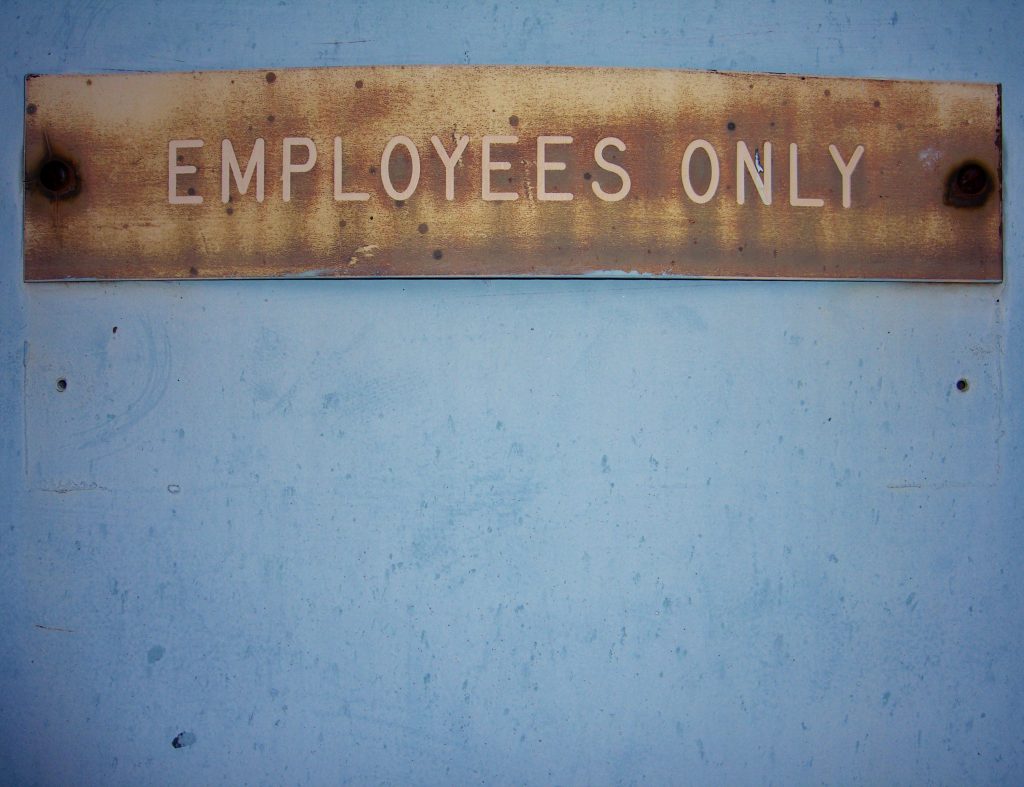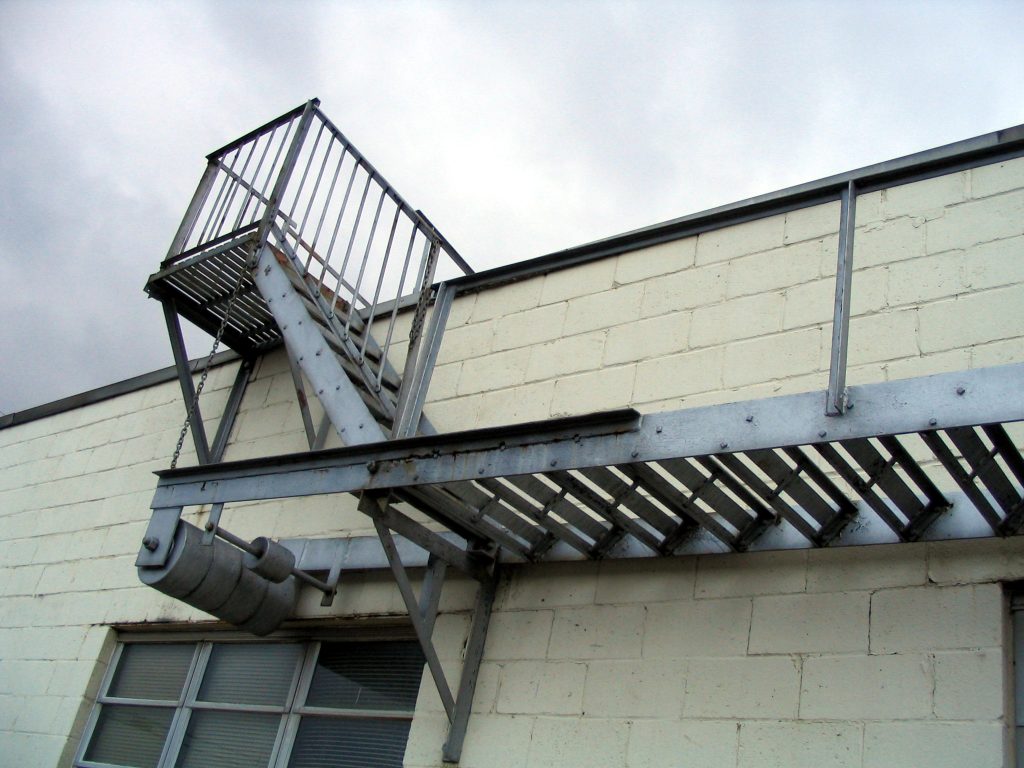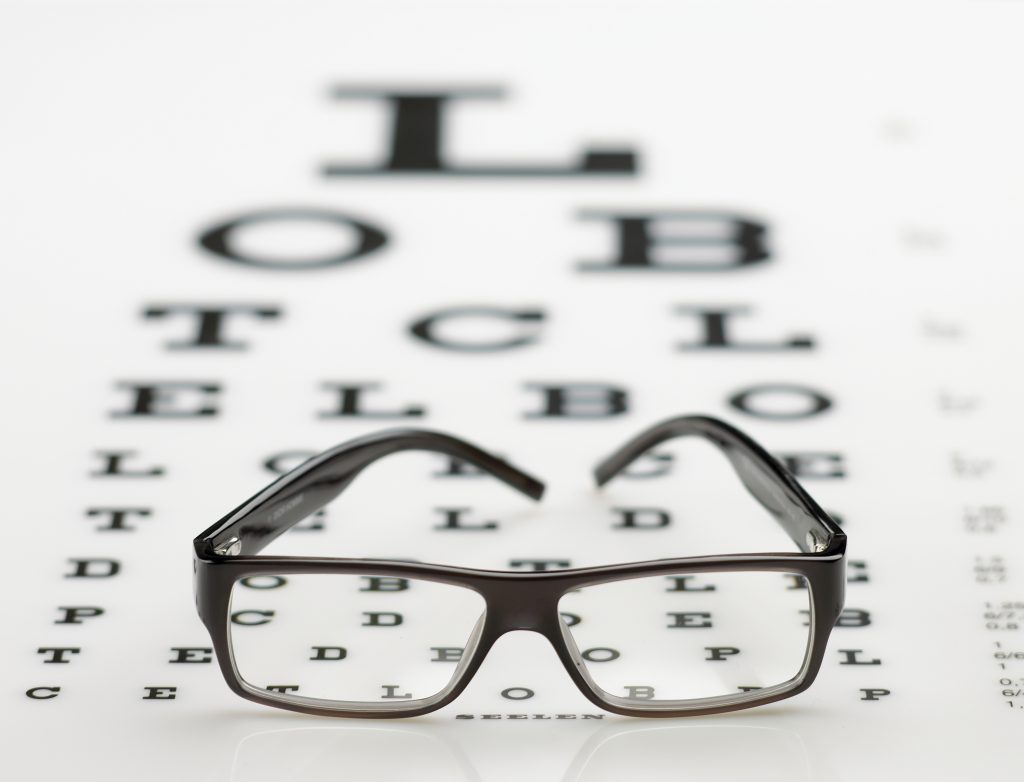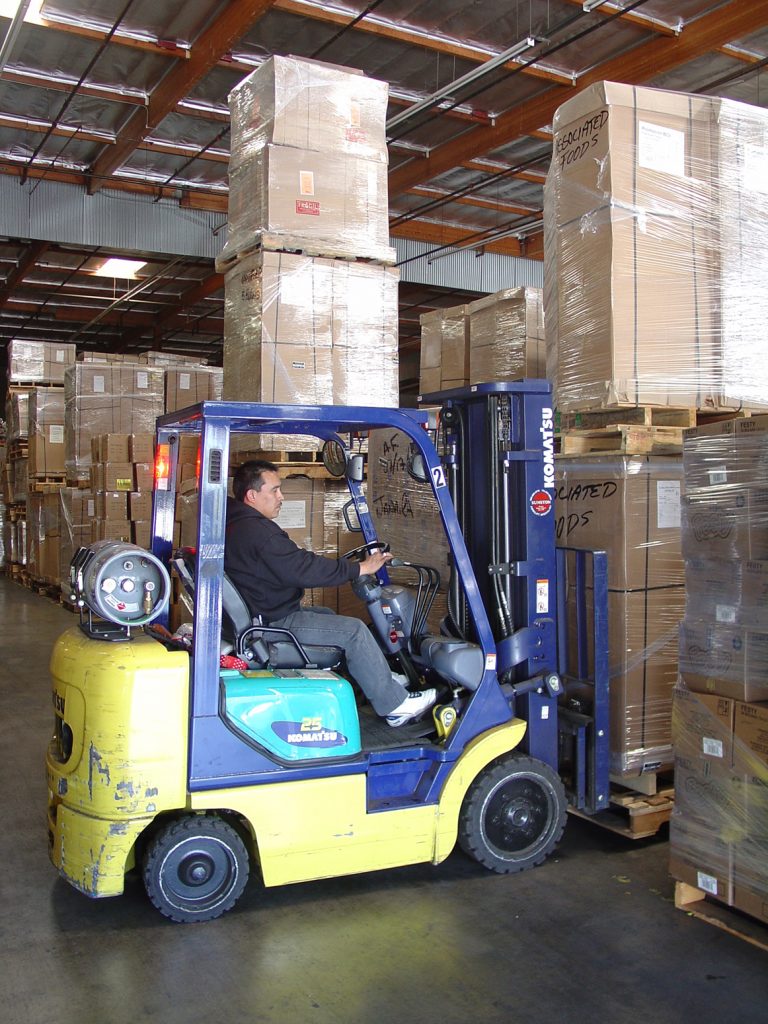 In workers’ compensation cases, the employee has the burden of proving that an on-the-job accident occurred. He or she must do so by a preponderance of evidence. Generally, an employee can do this by presenting witness testimony and documentary evidence. But what happens when there is no witness to the alleged accident? A recent case from the Louisiana Third Circuit Court of Appeal discusses how an employee can establish his or her workers’ compensation claim when there is no witness to the alleged on-the-job injury.
In workers’ compensation cases, the employee has the burden of proving that an on-the-job accident occurred. He or she must do so by a preponderance of evidence. Generally, an employee can do this by presenting witness testimony and documentary evidence. But what happens when there is no witness to the alleged accident? A recent case from the Louisiana Third Circuit Court of Appeal discusses how an employee can establish his or her workers’ compensation claim when there is no witness to the alleged on-the-job injury.
Ronald Sorile worked for Lott Oil as a fuel truck operator. He alleged that on February 26, 2013, he injured his back while on the job. Nobody witnessed the accident. He filed a Disputed Claim for Compensation Form seeking indemnity benefits, medical expenses, penalties and attorney fees from Lott Oil. Lott Oil denied that any work accident occurred and that his claimed injury was related to his employment. It also asserted that Mr. Sorile forfeited any potential benefits because he made false statements for the purpose of obtaining a higher reimbursement. The Workers Compensation Judge (“WCJ”) found that Mr. Sorile sustained an injury in a work related accident and awarded him total temporary disability (“TTD”) benefits, supplemental earning benefits (“SEB”), and medical benefits. It also ruled that Mr. Sorile committed no fraud, finding that Lott Oil failed to prove that Mr. Sorile made false statements for the purpose of obtaining benefits. Lott Oil appealed.
In its first ground of appeal, Lott Oil argued that the WCJ erroneously found that Mr. Sorile met his burden of proving the existence of an on-the-job accident.
 Louisiana Personal Injury Lawyer Blog
Louisiana Personal Injury Lawyer Blog


 In Louisiana, the Workers’ Compensation Act allows injured employees to recover workers’ compensation benefits from their employer. This act establishes a medical treatment schedule and procedure under which an injured employee can request authorization for medical treatment from his or her employer. A recent decision of the Louisiana Third Circuit Court of Appeal discusses these specific procedures, and how injured employees may appeal denials of requests for medical procedures.
In Louisiana, the Workers’ Compensation Act allows injured employees to recover workers’ compensation benefits from their employer. This act establishes a medical treatment schedule and procedure under which an injured employee can request authorization for medical treatment from his or her employer. A recent decision of the Louisiana Third Circuit Court of Appeal discusses these specific procedures, and how injured employees may appeal denials of requests for medical procedures. If you have been injured in an automobile accident, you deserve to be properly compensated for your injuries. Sometimes, unfortunately, the person who caused the injury may not be able to adequately compensate you. This does not mean you are out of luck. If the person responsible for your injury caused it while working as an employee, the employer may be liable as well. That is why is its extremely important to hire a good lawyer who will apprise you of all avenues of recovery under the law. In a recent case, the Louisiana Second Circuit Court of Appeal discusses an employer’s liability for an employee’s accident.
If you have been injured in an automobile accident, you deserve to be properly compensated for your injuries. Sometimes, unfortunately, the person who caused the injury may not be able to adequately compensate you. This does not mean you are out of luck. If the person responsible for your injury caused it while working as an employee, the employer may be liable as well. That is why is its extremely important to hire a good lawyer who will apprise you of all avenues of recovery under the law. In a recent case, the Louisiana Second Circuit Court of Appeal discusses an employer’s liability for an employee’s accident. It is, mildly stated, disappointing for a plaintiff when a court dismisses his or her case based on a technicality, particularly when the lawsuit is about medical malpractice. Unfortunately, even when a plaintiff has a good case, with all the necessary evidence to show that the defendant was wrong, the plaintiff can still lose the case if he or she does not diligently take the necessary steps to move the case forward. In Louisiana courts, the Code of Civil Procedure ensures a fair process for all parties. All civil cases must follow these rules as part of the process. Malpractice cases are no exception. In a recent case of the Louisiana Second Circuit Court of Appeal, the plaintiffs learned this the hard way.
It is, mildly stated, disappointing for a plaintiff when a court dismisses his or her case based on a technicality, particularly when the lawsuit is about medical malpractice. Unfortunately, even when a plaintiff has a good case, with all the necessary evidence to show that the defendant was wrong, the plaintiff can still lose the case if he or she does not diligently take the necessary steps to move the case forward. In Louisiana courts, the Code of Civil Procedure ensures a fair process for all parties. All civil cases must follow these rules as part of the process. Malpractice cases are no exception. In a recent case of the Louisiana Second Circuit Court of Appeal, the plaintiffs learned this the hard way.  Many workers in Louisiana are exposed to dangers on the job. An injury that occurs during the scope of employment often leads to more problems than just the physical turmoil following the injury. An employee might be denied payment for medical expenses, may face mental and emotional anguish, or could be rendered permanently unable to work. In order to have
Many workers in Louisiana are exposed to dangers on the job. An injury that occurs during the scope of employment often leads to more problems than just the physical turmoil following the injury. An employee might be denied payment for medical expenses, may face mental and emotional anguish, or could be rendered permanently unable to work. In order to have  Non-Compete agreements can restrict a person’s ability to start and maintain a business. Anyone who plans to work in Louisiana should be very clear what they can and cannot do as a part of a non-compete agreement.
Non-Compete agreements can restrict a person’s ability to start and maintain a business. Anyone who plans to work in Louisiana should be very clear what they can and cannot do as a part of a non-compete agreement.  Car accidents happen all the time in Louisiana, but not all accidents cause injuries. Unfortunately, that wasn’t the case in Tangipahoa Parish, Louisiana, when Joseph Lohenis found himself rear-ended on Highway 1249 by a vehicle owned by Tammy Rousse. Lohenis’ son was driving the car and Lohenis’ wife was in the passenger seat. Lohenis himself was sitting in the back seat of the car, wearing a lap seat belt. The rear-end collision caused Lohenis’ body to move forward and hit the console, and then move backward, where the back of his head and neck hit the truck’s back glass window.
Car accidents happen all the time in Louisiana, but not all accidents cause injuries. Unfortunately, that wasn’t the case in Tangipahoa Parish, Louisiana, when Joseph Lohenis found himself rear-ended on Highway 1249 by a vehicle owned by Tammy Rousse. Lohenis’ son was driving the car and Lohenis’ wife was in the passenger seat. Lohenis himself was sitting in the back seat of the car, wearing a lap seat belt. The rear-end collision caused Lohenis’ body to move forward and hit the console, and then move backward, where the back of his head and neck hit the truck’s back glass window. In Louisiana, the law presumes a driver negligent when he or she leaves a travel lane and strikes another vehicle. This presumption stems from the legal obligation all motorists have to maintain control of their vehicle. In personal injury cases, this presumption overrides the normal burden of proof which lies on the plaintiff. In order to defeat the presumption of negligence, the defendant must show that he or she was not guilty of any negligence, however slight. A recent case of the Louisiana First Circuit Court of Appeal considered the presumption of negligence in automobile accident cases.
In Louisiana, the law presumes a driver negligent when he or she leaves a travel lane and strikes another vehicle. This presumption stems from the legal obligation all motorists have to maintain control of their vehicle. In personal injury cases, this presumption overrides the normal burden of proof which lies on the plaintiff. In order to defeat the presumption of negligence, the defendant must show that he or she was not guilty of any negligence, however slight. A recent case of the Louisiana First Circuit Court of Appeal considered the presumption of negligence in automobile accident cases. If your employer is knowingly putting you in harm’s way and you suffer an injury, you may have an intentional tort claim against your employer. In Louisiana, remedies against an employer for on-the-job injuries are limited to cases of intentional acts, rather than negligence. In a recent case the Louisiana First Circuit Court of Appeal discussed what is required to succeed on a tort claim against an employer.
If your employer is knowingly putting you in harm’s way and you suffer an injury, you may have an intentional tort claim against your employer. In Louisiana, remedies against an employer for on-the-job injuries are limited to cases of intentional acts, rather than negligence. In a recent case the Louisiana First Circuit Court of Appeal discussed what is required to succeed on a tort claim against an employer. When an employee is injured on the job, he or she may be entitled to workers’ compensation benefits. However, if an employer can show that the employee intentionally lied to receive extra reimbursement for a workers’ compensation claim, the employer will not have to pay any benefits that it would otherwise owe to that employee. A recent case out of Hammond, Louisiana, discusses the standard used in determining whether an employee intentionally committed fraud when filing for mileage reimbursements.
When an employee is injured on the job, he or she may be entitled to workers’ compensation benefits. However, if an employer can show that the employee intentionally lied to receive extra reimbursement for a workers’ compensation claim, the employer will not have to pay any benefits that it would otherwise owe to that employee. A recent case out of Hammond, Louisiana, discusses the standard used in determining whether an employee intentionally committed fraud when filing for mileage reimbursements.